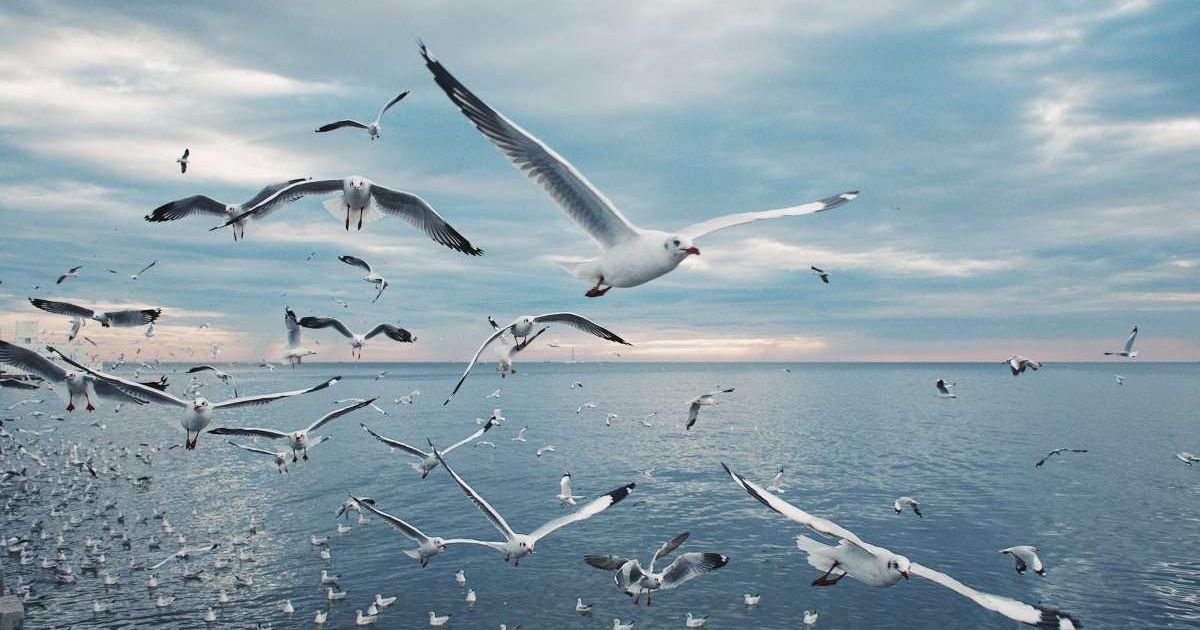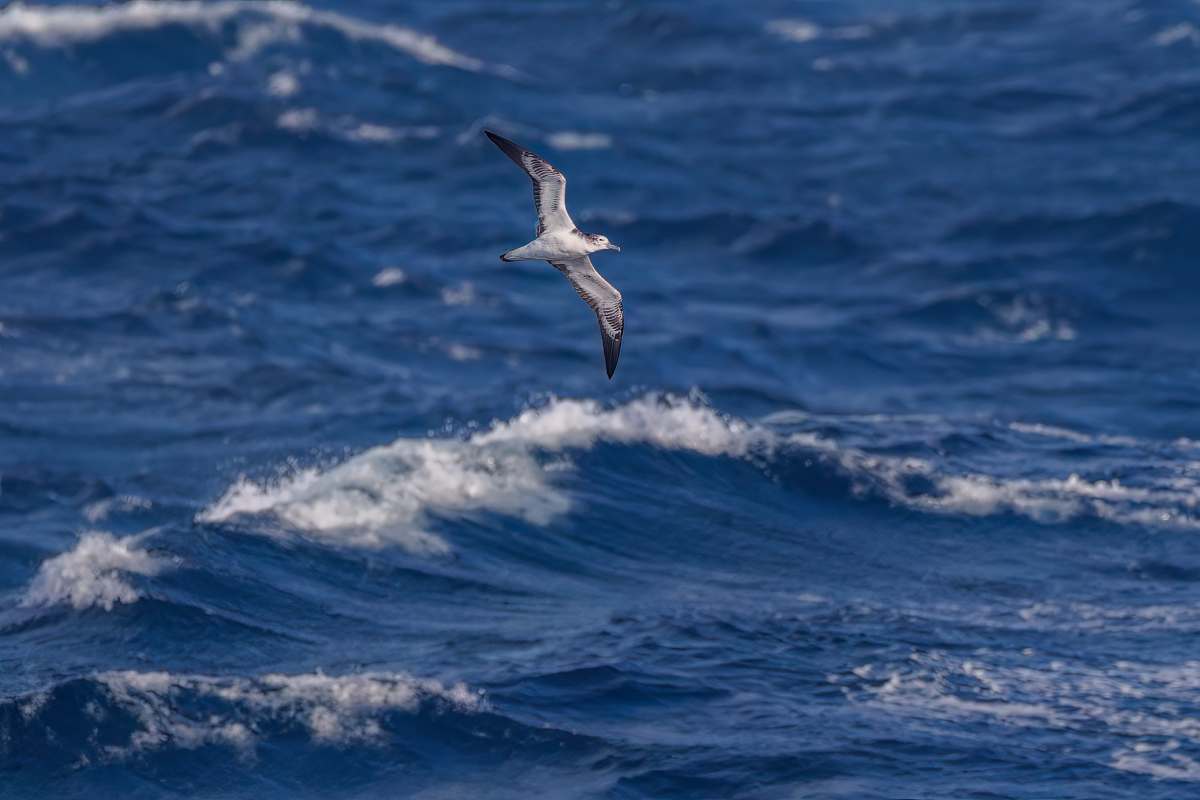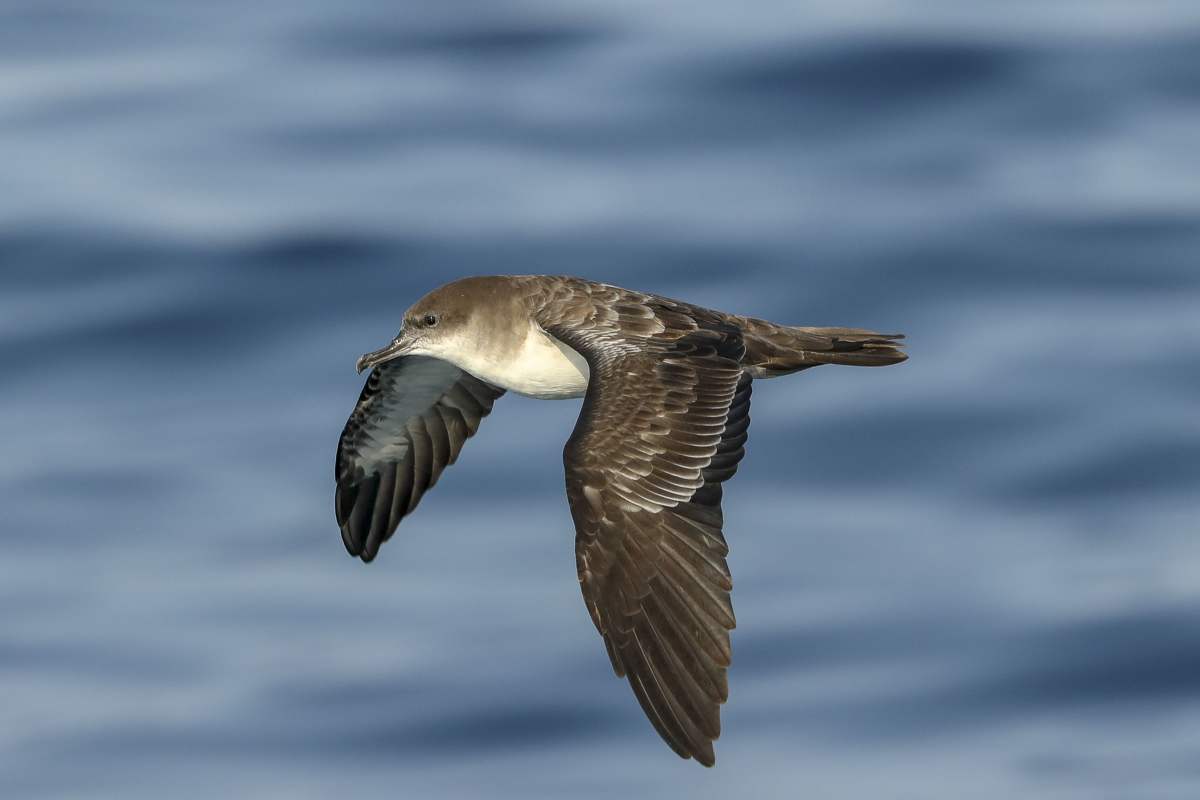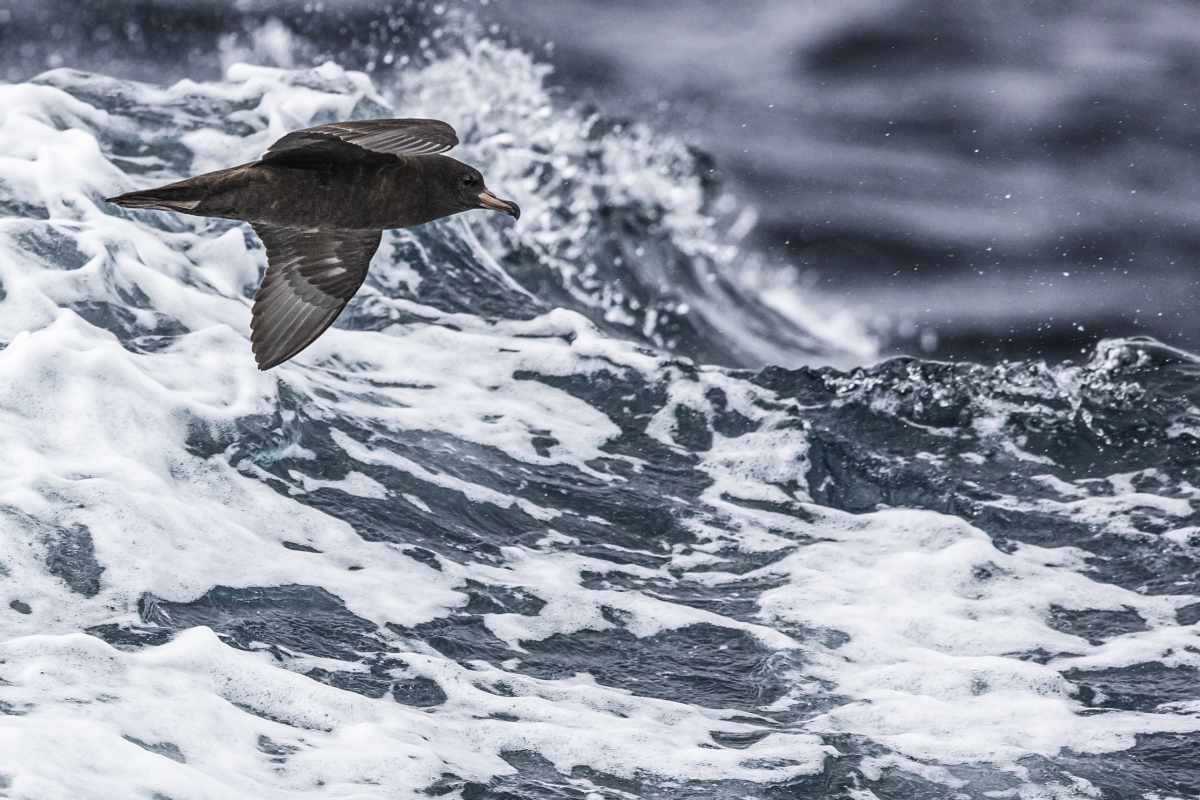Scientists Just Confirmed What Beachgoers Always Suspected About Seabirds

It is never a good experience seeing bird poop on one's shoulder. But somehow, not many people have been able to bypass this experience. Researchers may now have some answers as to why this is the case, particularly when it comes to seabirds. Their findings have been published in the journal Current Biology. The team associated with the study began their examination with the purpose of finding out how shearwaters use their legs while directly taking off from the water. In the process, though, they ended up recording a strange pattern in all the streaked shearwaters of East Asian waters. The pattern was related to their excretion schedule.

The team's survey indicated that these birds pooped a lot and always in mid-air, according to Gizmodo. Furthermore, while excreting, their droppings occurred at intervals of four to ten minutes. Researchers were surprised to note that even if the shearwaters seemingly felt the urge to poop in water, they still flew into the air to drop feces. The team was stunned to see how often these birds pooped, which made them decide to take a detour from their original objective and consider the excretion readings. “Since I was not aiming to record droppings in the original plan, I was surprised by the feces footage itself and how frequently they appeared in the footage [and] the regular timing pattern,” seabird researcher Leo Uesaka, and lead author of the study, said.

The study was based on video footage spanning 35 hours, focusing on 15 birds that were living on Funakoshi Ohshima, an uninhabited island in Japan, according to Scientific American. Along with intervals in pooping, researchers also noted that streaked shearwaters excreted around five times in one hour. This possibly causes them to lose 5 percent of their body mass in that duration. The team also observed that oftentimes, these birds exclusively flew to poop, and for no other reason.
These uncanny findings would not have been possible if researchers had not turned the camera attached to each bird towards their belly. Hugh Ellis, a biologist at the University of San Diego, appreciated the whole examination, as nobody in the community had possibly thought to take such a close look into the pooping habits of these birds. It has now given experts worldwide a new direction of research. “Everybody’s going to want to know whether their seabirds excrete only over water,” Ellis added.

Experts claim that such examinations on guano (seabird poop) are essential as it has a huge impact on their ecosystem. These kinds of wastes play a pivotal part in moving substances like phosphorus and nitrogen throughout ecosystems. Hence, it is essential to understand how much of this guano is present in the system. Furthermore, bird flu is life-threatening to several marine beings and can spread through the feces. This makes any reading regarding them extremely important for experts to formulate strategies regarding the well-being of the marine biodiversity. Such footage of other birds would broaden the scope of these findings. Uesaka has pooping footage of several Black-tailed Gulls, but has yet to scour through them to notice any patterns.
MORE ON GREEN MATTERS
You May Actually Be Luckier Than You Think if a Bird Poops on You — Here's Why
How Long Does It Take Birds to Find a Bird Feeder? Tips for Bird Watchers